Finlay Macklon
Large Language Models are Pretty Good Zero-Shot Video Game Bug Detectors
Oct 05, 2022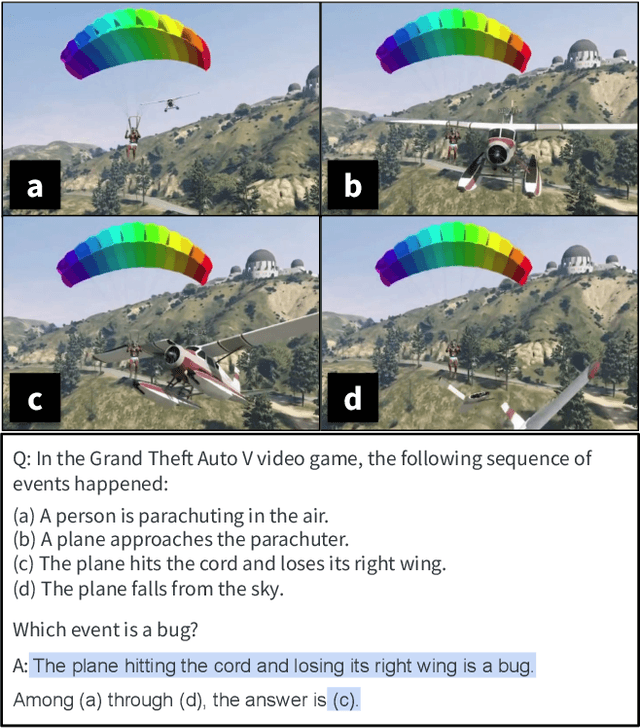
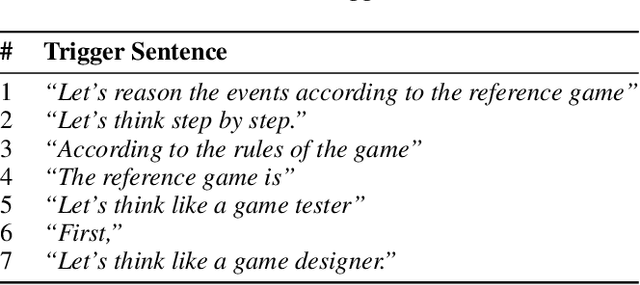
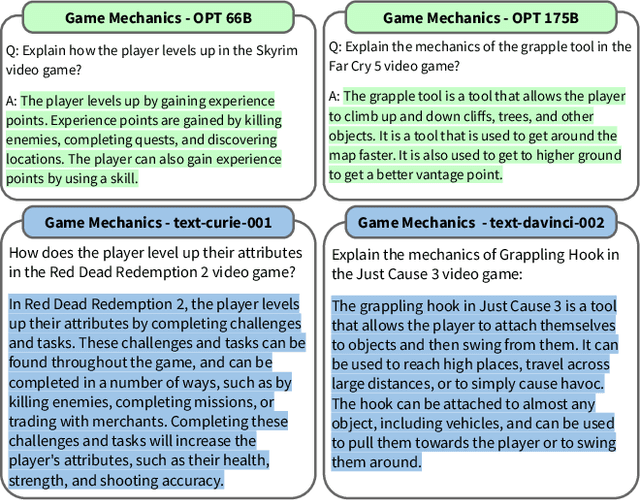
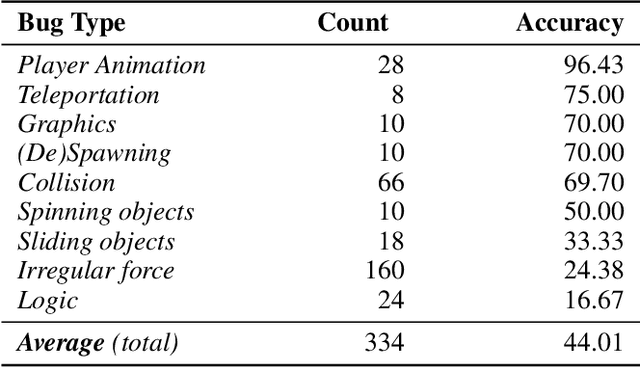
Abstract:Video game testing requires game-specific knowledge as well as common sense reasoning about the events in the game. While AI-driven agents can satisfy the first requirement, it is not yet possible to meet the second requirement automatically. Therefore, video game testing often still relies on manual testing, and human testers are required to play the game thoroughly to detect bugs. As a result, it is challenging to fully automate game testing. In this study, we explore the possibility of leveraging the zero-shot capabilities of large language models for video game bug detection. By formulating the bug detection problem as a question-answering task, we show that large language models can identify which event is buggy in a sequence of textual descriptions of events from a game. To this end, we introduce the GameBugDescriptions benchmark dataset, which consists of 167 buggy gameplay videos and a total of 334 question-answer pairs across 8 games. We extensively evaluate the performance of six models across the OPT and InstructGPT large language model families on our benchmark dataset. Our results show promising results for employing language models to detect video game bugs. With the proper prompting technique, we could achieve an accuracy of 70.66%, and on some video games, up to 78.94%. Our code, evaluation data and the benchmark can be found on https://asgaardlab.github.io/LLMxBugs
CLIP meets GamePhysics: Towards bug identification in gameplay videos using zero-shot transfer learning
Mar 22, 2022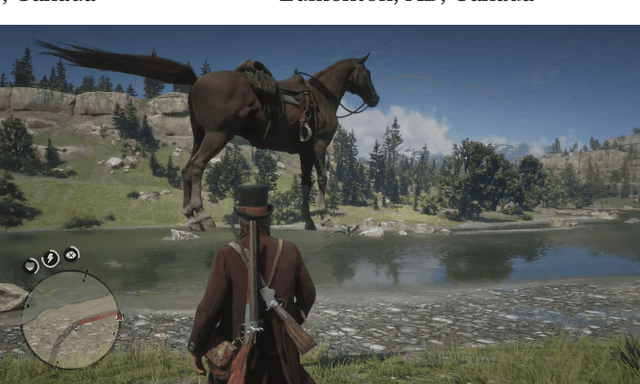

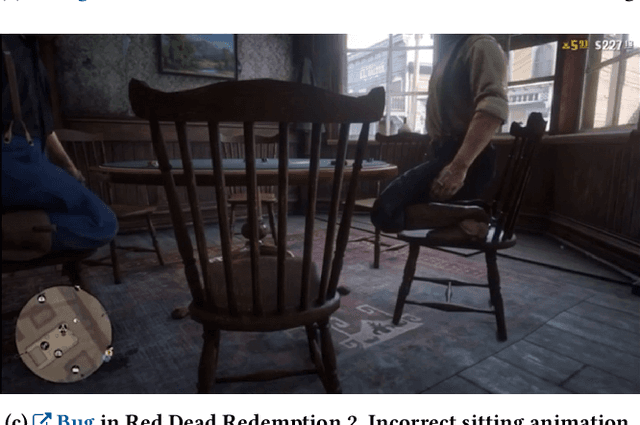

Abstract:Gameplay videos contain rich information about how players interact with the game and how the game responds. Sharing gameplay videos on social media platforms, such as Reddit, has become a common practice for many players. Often, players will share gameplay videos that showcase video game bugs. Such gameplay videos are software artifacts that can be utilized for game testing, as they provide insight for bug analysis. Although large repositories of gameplay videos exist, parsing and mining them in an effective and structured fashion has still remained a big challenge. In this paper, we propose a search method that accepts any English text query as input to retrieve relevant videos from large repositories of gameplay videos. Our approach does not rely on any external information (such as video metadata); it works solely based on the content of the video. By leveraging the zero-shot transfer capabilities of the Contrastive Language-Image Pre-Training (CLIP) model, our approach does not require any data labeling or training. To evaluate our approach, we present the $\texttt{GamePhysics}$ dataset consisting of 26,954 videos from 1,873 games, that were collected from the GamePhysics section on the Reddit website. Our approach shows promising results in our extensive analysis of simple queries, compound queries, and bug queries, indicating that our approach is useful for object and event detection in gameplay videos. An example application of our approach is as a gameplay video search engine to aid in reproducing video game bugs. Please visit the following link for the code and the data: https://asgaardlab.github.io/CLIPxGamePhysics/
 Add to Chrome
Add to Chrome Add to Firefox
Add to Firefox Add to Edge
Add to Edge